Below is a copy from a Media Release:
Rhino Poaching in South Africa in 2021
10 February 2022
A total of 451 rhino were poached in South Africa in 2021, 327 within government reserves and 124 on private property. While there is a 24 percent decrease in rhino poaching compared to the pre-Covid period in 2019, there has been an increase in poaching on private properties.
In 2021, 209 rhino were poached for their horns in South African National Parks – all in the Kruger National Park. This was in fact a decrease in comparison to 2020 when 247 rhino were poached within the national parks. It is important to note that none of SANParks’ smaller rhino parks experienced any rhino losses from poaching in 2021, in comparison to the two rhino that were poached in 2020.
The steady decline in rhino poaching in Kruger Park is related to an increase in the intensity of anti-poaching activities in the Kruger National Park. A close working relationship between the policeâs endangered species unit, the SANParks environmental crimes inspectorate has resulted in increased arrests and convictions.
One of the unintended consequences is that poaching syndicates are looking to other areas for easy prey and this has resulted in their targeting private reserves in Limpopo and Mpumalanga.
Over the last year, conservation and anti-poaching efforts have intensified countrywide as a joint effort is made by state-owned conservation areas, government and private landowners to reduce the poaching of rhino in South Africa. More targeted deployment of resources is being assisted by the rollout of a CSIR-developed situational awareness platform known as CMORE into the integrated wildlife zones. Through this single technology platform, all role players are able to collaborate, making use of real-time insights and analytical capability, linking, for example, camera traps and ranger patrols while integrating a range of other systems.
Information collected and communication flows through the Environmental Enforcement Fusion Centre (EEFC) which continues to support the teams at both a tactical level and strategic level. Our analysis capabilities have also improved, resulting in the increased identification of those involved in rhino poaching and trafficking and improved and expanded investigations by multi-disciplinary teams.
SANParks, provincial nature reserves and private rhino owners are dehorning rhino to deter poachers, while SANParks is investigating the feasibility of additional actions such as anti-poaching initiatives focused on apprehending poachers and establishing additional founder populations outside the Kruger National Park.
Government continues to work closely with the private sector and non-governmental organisations through the Integrated Strategic Management of Rhinoceros approach and the draft National Integrated Strategy to Combat Wildlife Trafficking (NISCWT) to address rhino poaching. In 2021 there were 189 arrests in connection with poaching activities: 77 within the Kruger National Park and 109 outside the Park. This compares with 156 people arrested countrywide in 2020. In the 38 verdicts handed down by the courts, 37 cases resulted in the conviction of 61 accused rhino poachers/traffickers.
The following are among some of the successful prosecutions during 2021:
- Project Python: Three persons were arrested and several properties seized. The 3 accused were charged with racketeering and money laundering relating to rhino horn trafficking. One of the accused Ping WU was convicted on two money laundering charges in the Tembisa regional court. The case was remanded to 9 February 2022 for sentencing. The racketeering trial against the other two accused, Huang and Chen, continues and was postponed to 3 March 2022 for the state to lead further evidence.
- S v Arlendo Mhlanga; Hlayisile Adam Hlongwane; Inancio Chauke were sentenced to 85 years of imprisonment, effective sentence of 35 years imprisonment after being convicted on 10 counts in relation to the killing of three rhinos in the Pilanesberg National Park, the possession, transportation, cutting of 6 rhino horns, theft and the possession of a prohibited firearm and ammunition and trespassing. In addition, the Ford Courier vehicle which was used during the commission of the offences was forfeited to the State.
- S v W Mhangani & and 2 others were convicted for killing 3 rhinos within the Kruger National Park, for being illegally in SA, trespassing, possession of unlicensed firearm and the possession of unlicensed ammunition. Accused 1 was sentenced to an effective 45 years imprisonment and accused 2 and 3 were sentenced to an effective 30 years imprisonment.
- S v GV Tibane and J Matshinga Sithole were sentenced to 19 years imprisonment following a conviction in relation to trespassing in the Kruger National Park, contravention of the Immigration Act, illegal killing of a rhino, possession of firearm with obliterated serial number, possession of silencer, possession of firearm with intent to commit crime, possession of ammunition and possession of an axe.
- S v Emmanuel Mdluli was sentenced to 16 years imprisonment after being convicted on charges of trespassing, possession of firearm with the intention to poach a rhino, possession of firearm with serial number obliterated, conspiracy to commit a crime, possession of dangerous weapon, contravening Immigration Act.
On the international front, the following are examples of the important work that is taking place between South Africa and those countries implicated in wildlife crime:
- A Mutual Legal Assistance (MLA) process was successfully finalised between SA and Poland, after receipt of a request from Poland relating to rhino horn trophy hunting in South Africa;
- Operation Golden Strike, which relates to the cooperative work done between Southern Africa and South East Asia, has set a platform for better cooperation between these countries with the aim to combat wildlife trafficking at international levels. Several successful operations, bilateral engagements and information sharing sessions were conducted during the reporting period;
- A controlled delivery between South Africa and Vietnam took place in July 2021, resulting from the work between the Hawks and the Vietnamese authorities on a consignment of rhino horns and suspected lion bones that were trafficked to Vietnam. The operation was successfully conducted and 138kg of rhino horns and an estimated 3 tons of suspected lion bones were seized at Da Nang Port in Vietnam. The investigation continues between the two countries;
- Cross border investigations between South Africa and the Peopleâs Republic of China are underway as a result of a joint integrated operation between the Hawks, assisted by DFFE and the transport sector at OR Tambo International Airport in December 2021. A total of 32 rhino horns were seized. The information obtained during this operation was shared with the Peopleâs Republic of China authorities, which resulted in the arrest of one suspect in South Africa and two suspects in China as well as the seizure of additional rhino horns.
South Africa remains committed to safeguarding the countryâs rhino populations and will continue to work tirelessly, alongside the private sector, committed NGOs as well as authorities in transit and destination countries, to combat wildlife crime.
** Members of the public can report any suspicious activities around wildlife to its environmental crime hotline which is 0800 205 005 or the SAPS number 10111.
To access a recording of Minister Creecy’s statement: https://we.tl/t-rUwasWlZ7X
Issued by:
The Department of Forestry, Fisheries and the Environment
Media enquiries:
Albi Modise on 083 490 2871

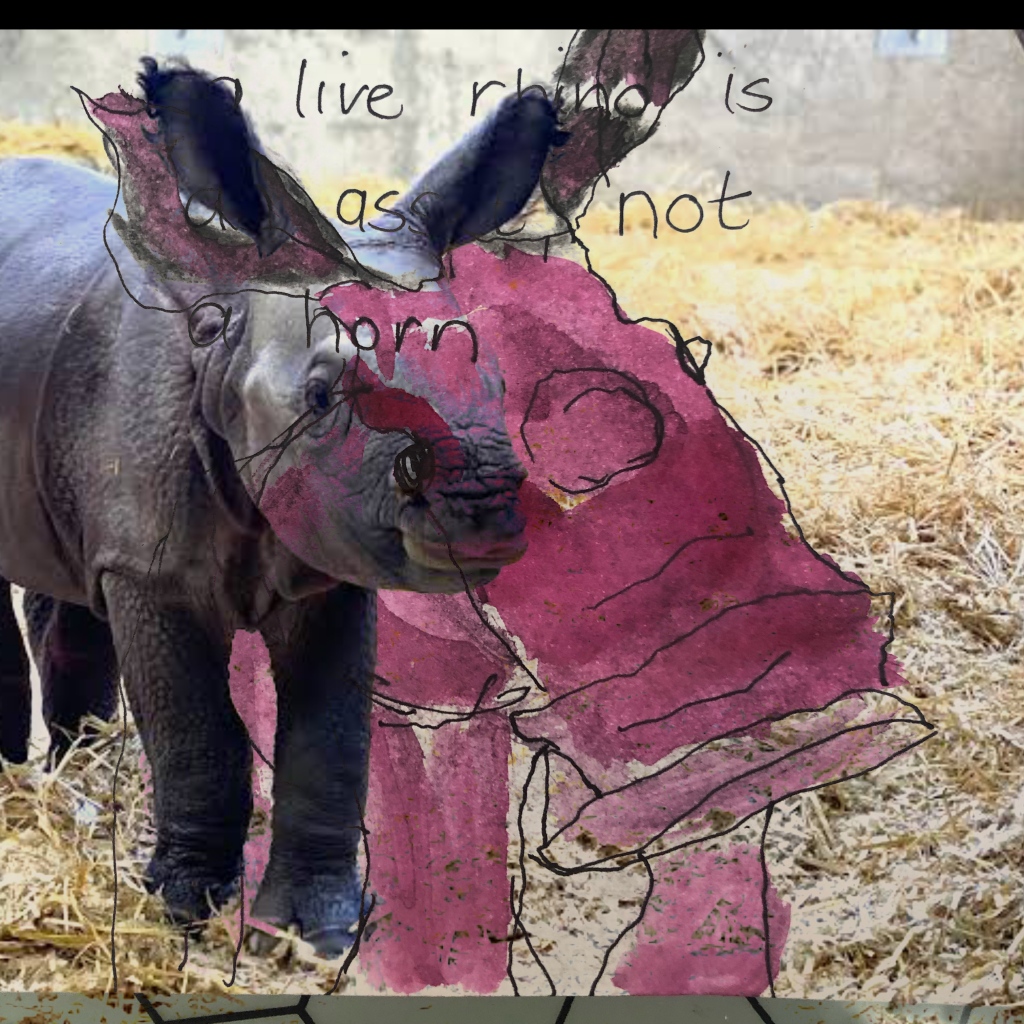
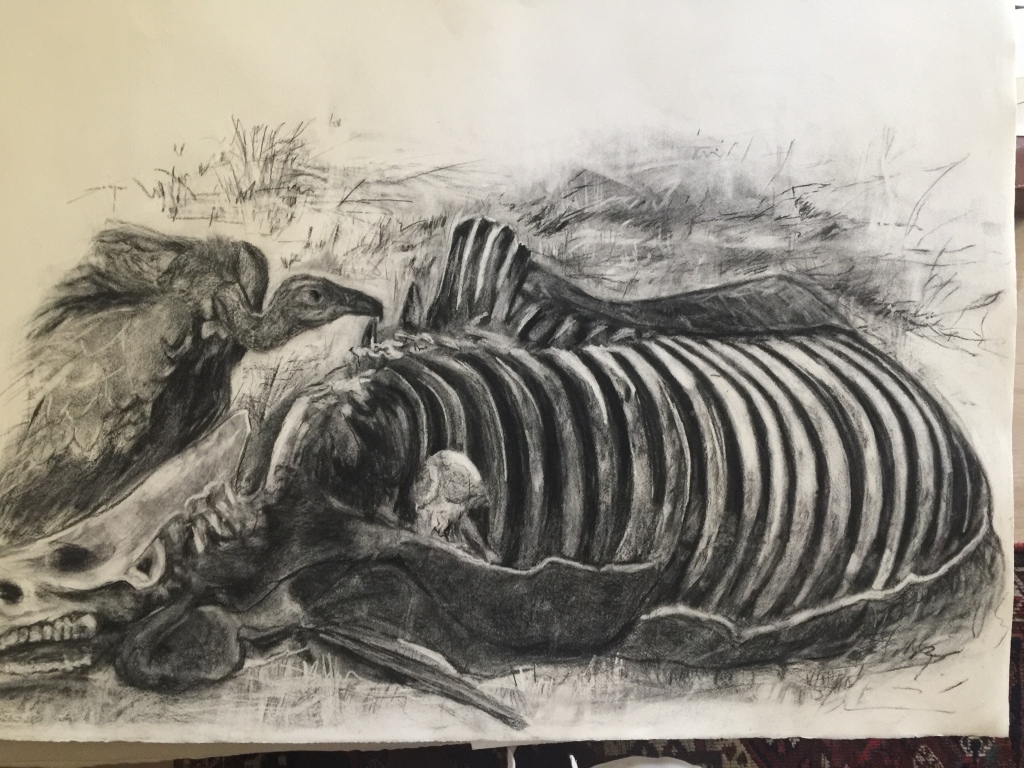



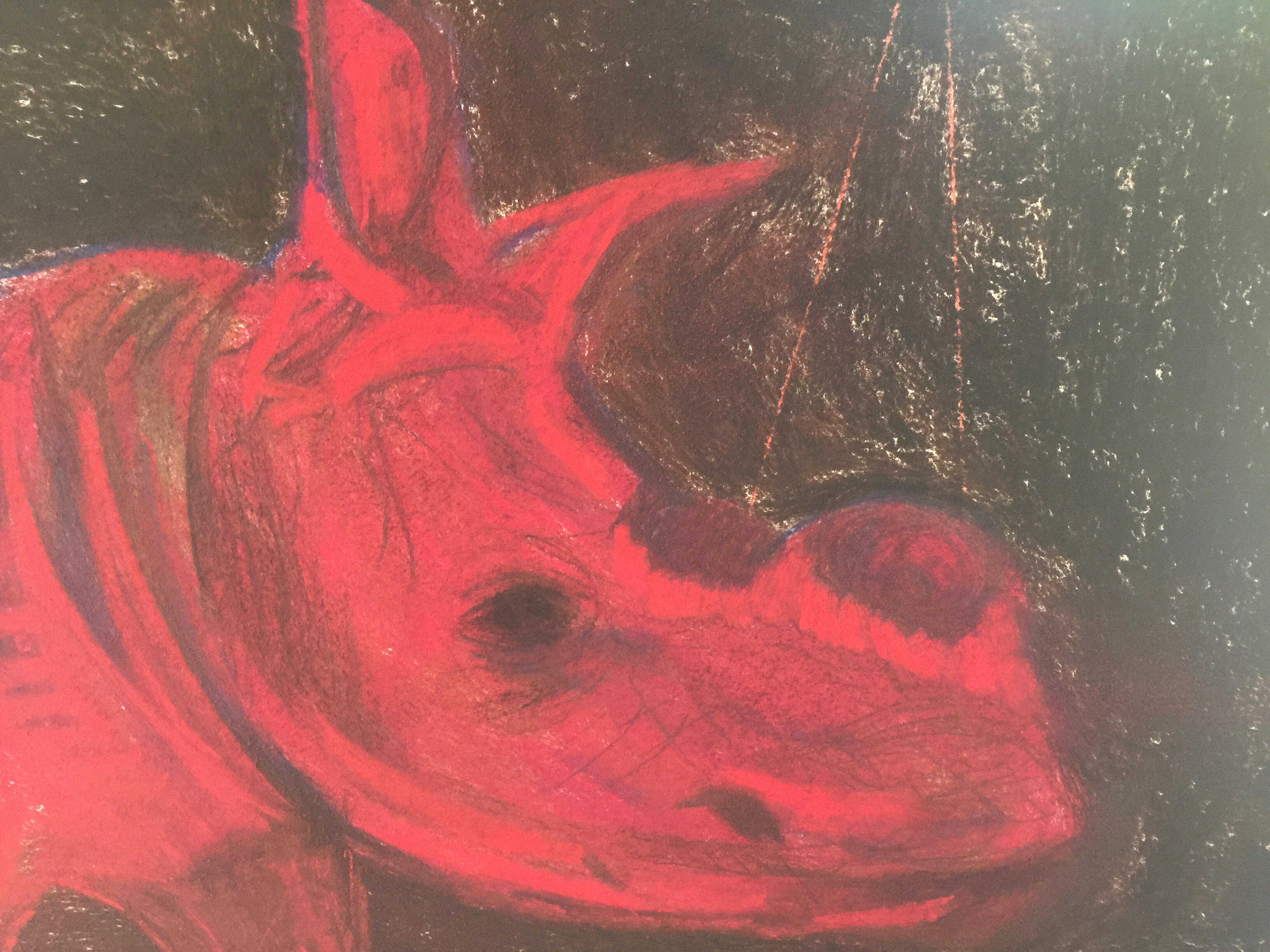
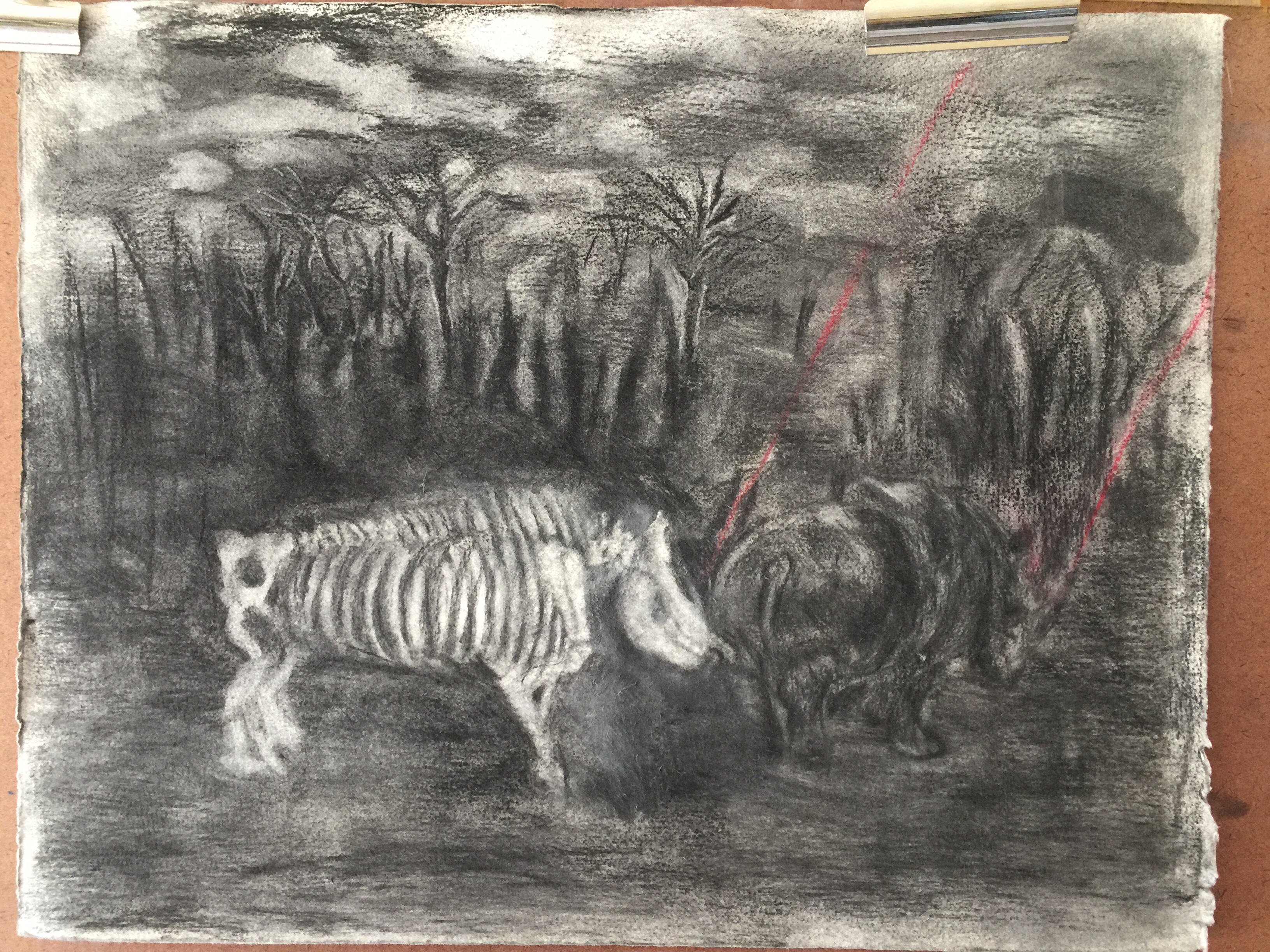



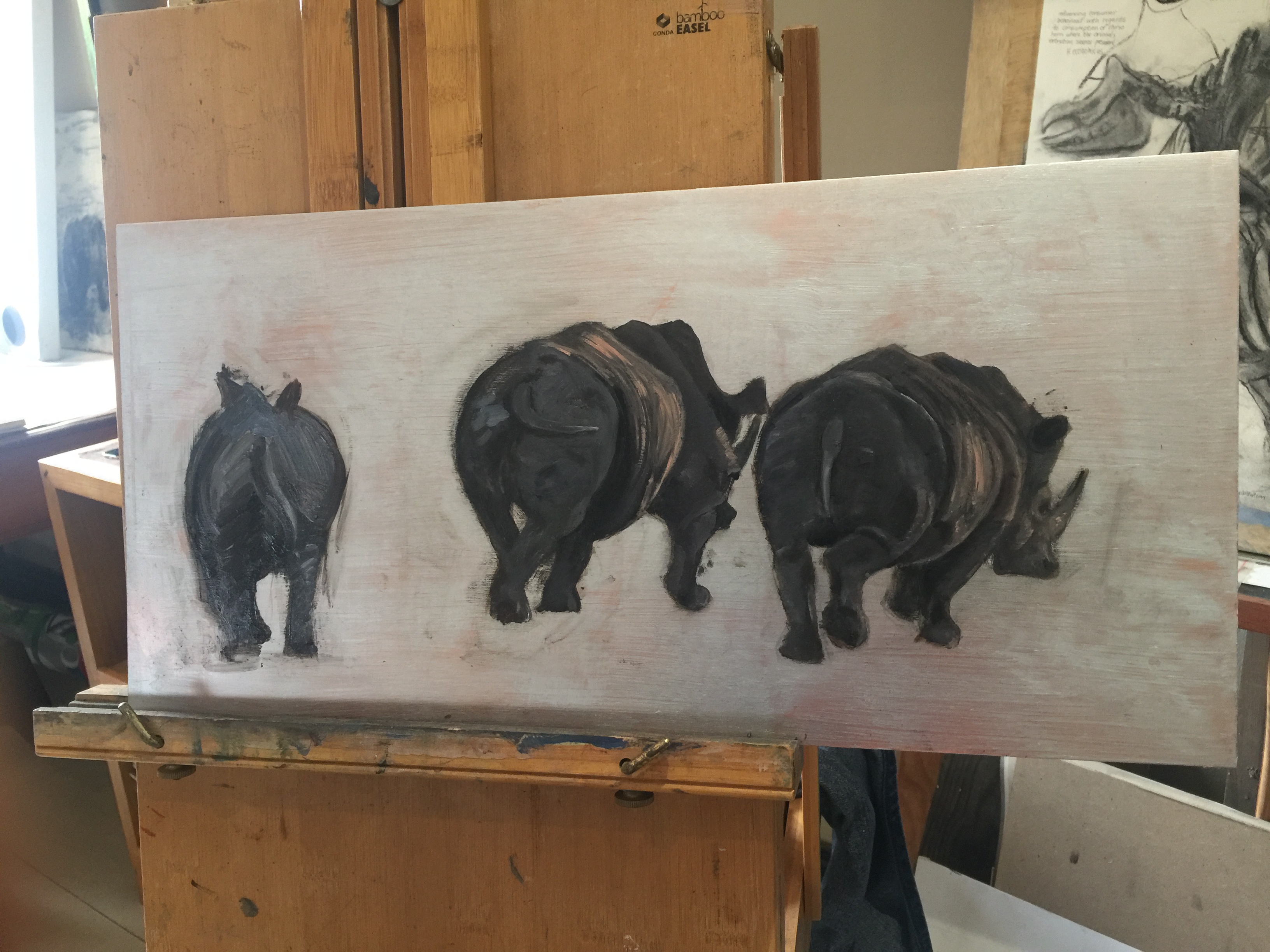
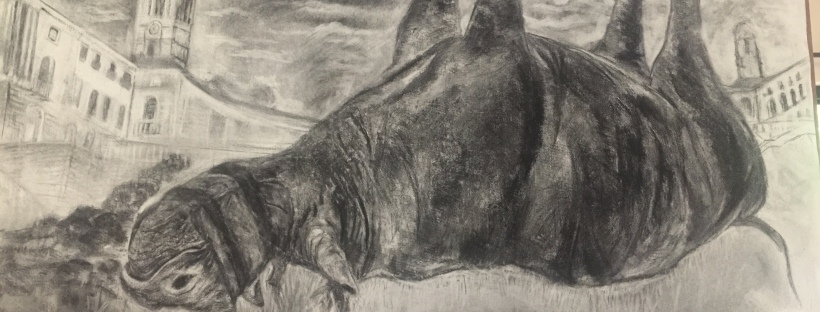










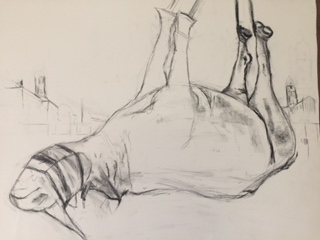
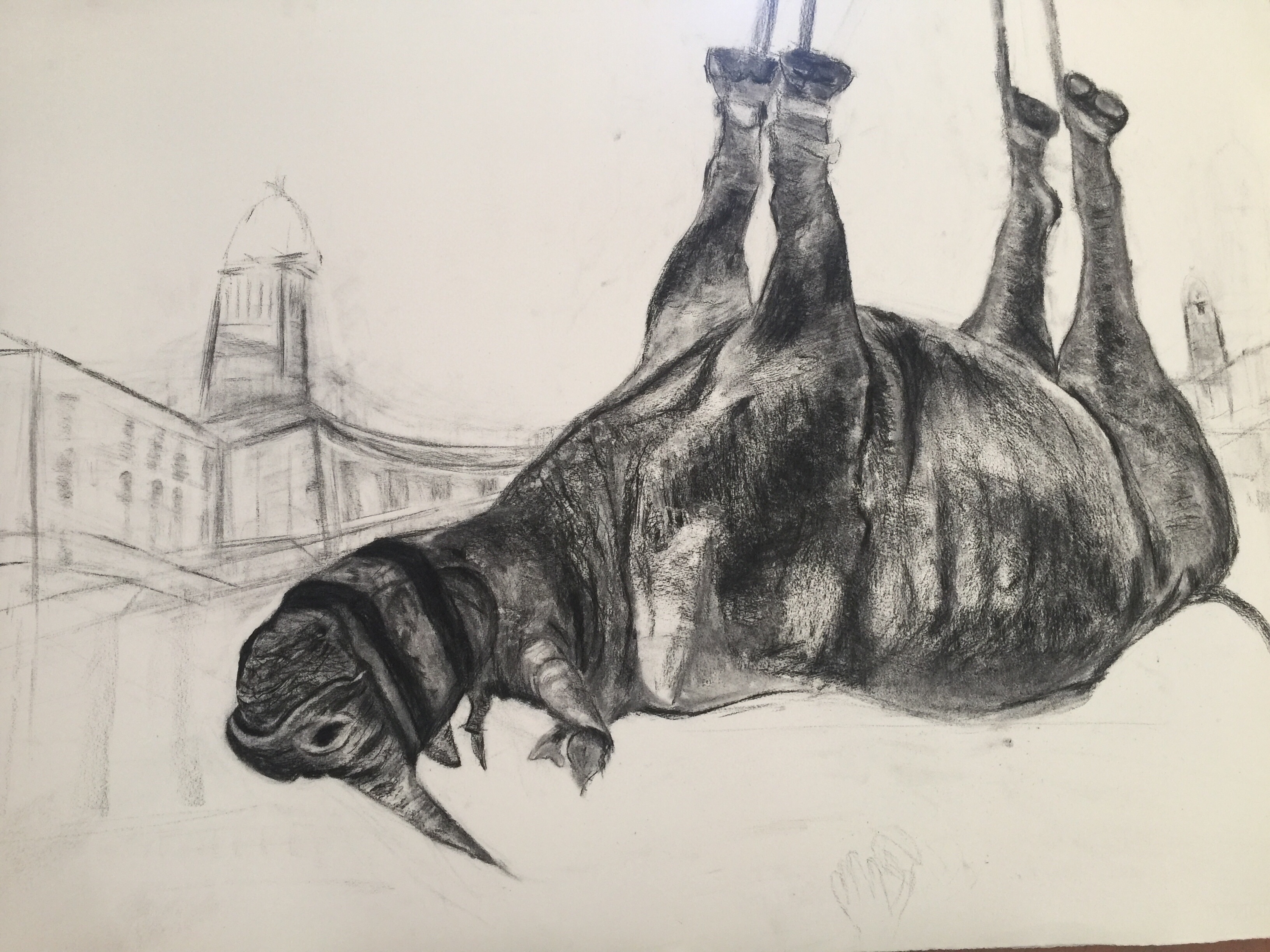
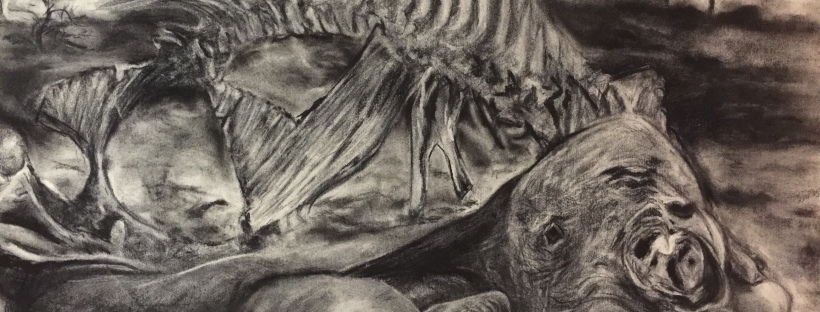
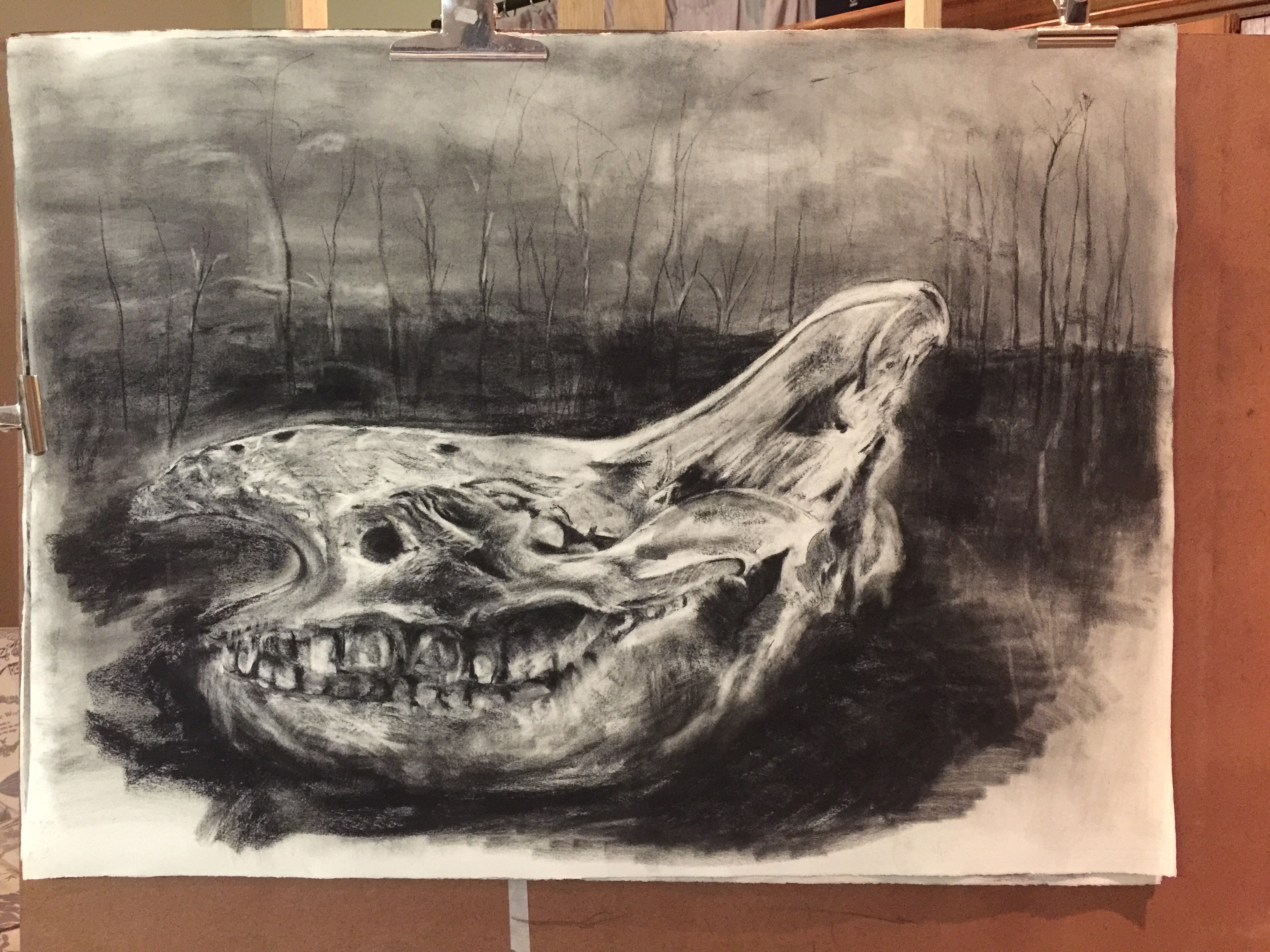
 Is it a GREEN crime scene any longer? Criminals are networks dealing in more than one product and it involves lots of cash, money laundering and bribery.
Is it a GREEN crime scene any longer? Criminals are networks dealing in more than one product and it involves lots of cash, money laundering and bribery.